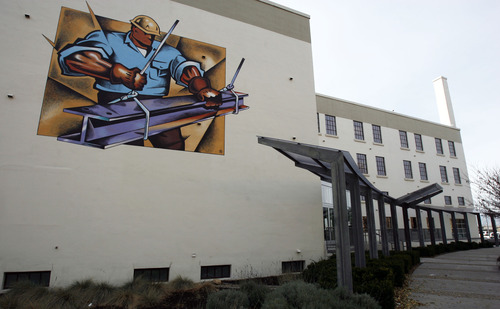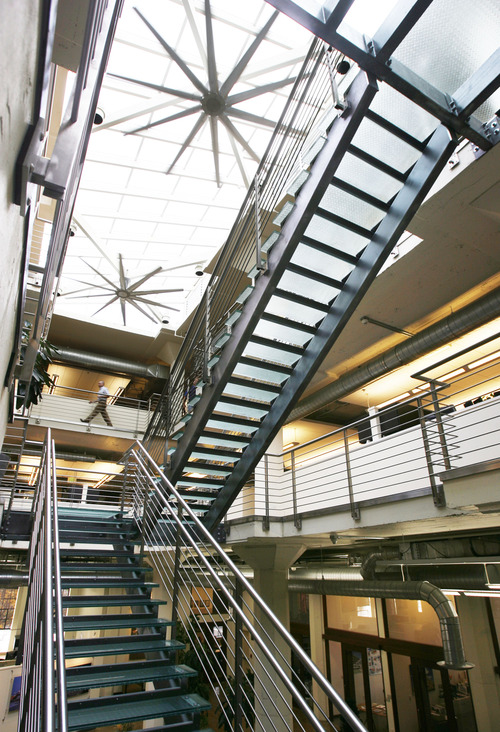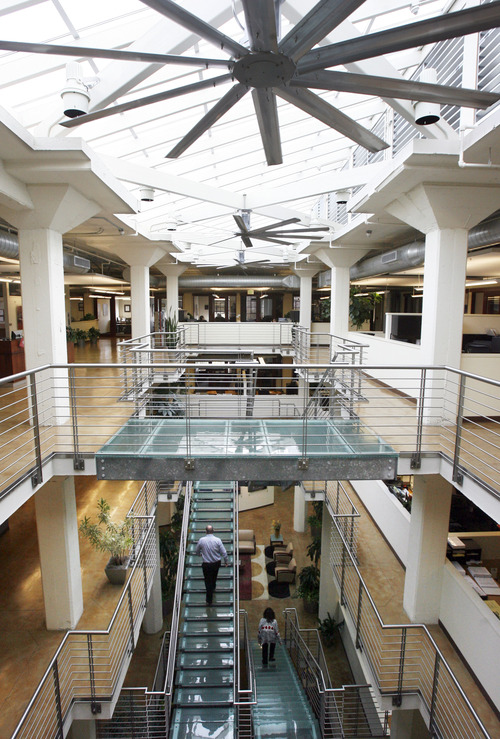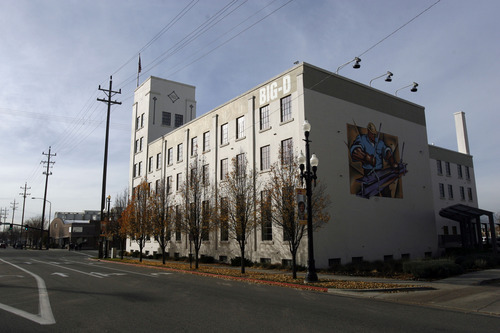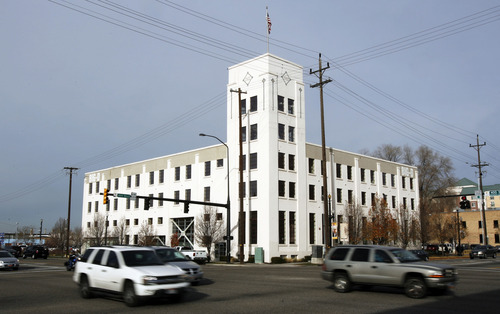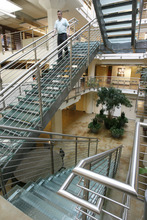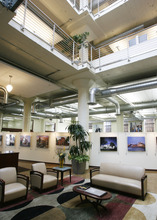This is an archived article that was published on sltrib.com in 2012, and information in the article may be outdated. It is provided only for personal research purposes and may not be reprinted.
Nobody knows precisely the impact of historic preservation on the economy of Utah and its cities.
Some have a notion that a core of historic buildings draws people and economic activity. Others say renovating old structures doesn't make economic sense.
Soon, Utahns may get new insights into the costs and benefits of historic preservation. A study commissioned by the nonprofit Utah Heritage Foundation will analyze various aspects of the economy taking preservation into account.
The Washington D.C.-based consulting firm PlaceEconomics was awarded a contract and will begin research next month, said Kirk Huffaker, executive director of the Utah Heritage Foundation. A report is expected by the end of June.
"Our goal is to determine the direct and indirect benefits of historic preservation in Utah," Huffaker said. "It will help us understand preservation's impact on jobs and employment, generation of tax revenue, downtown vitality and the importance to our economy of maintaining neighborhood and community character."
It also will evaluate the role heritage tourism plays in the state economy.
Huffaker declined to disclose the cost of the study.
The analysis will look at such things as the economic impact of commercial building renovations versus demolition and rebuilding, said Donovan Rypkema, who will lead the project for PlaceEconomics.
"When quality is part of the equation, historic preservation will always be competitive," Rypkema said.
The study also will attempt to analyze the impact of historic structures on community commercial areas.
"It's a challenge to measure," he said. "But you can see patterns that result when you have a core of historic buildings."
In addition, it will examine property values of residential housing in local historic districts in contrast to values of homes outside those boundaries.
Rypkema noted that while he has yet to look at such districts in Utah, in some other cities, homes in historic districts retained property values at a higher rate than those outside of them.
Salt Lake City Council Chairman Soren Simonsen said the analysis is timely because Salt Lake City is wrestling with such topics as demolition of old buildings, as well as the formation of local historic districts.
"I'm pretty excited about this study," he said. "It will be valuable because there is a lot of misunderstanding of what historic preservation is and what its value is. [Salt Lake City] will be the beneficiary of this."
The economics of preserving old structures may be difficult to quantify, said Stephen Goldsmith, professor of architecture and planning at the University of Utah and former Salt Lake City planning director. But it's well recognized that a community's cultural identification and social fabric are reflected in its buildings.
"Not everything that can be counted, counts," he said. "And not everything that counts can be counted."
Goldsmith noted that a new school of thought sees demolition as wasteful in aesthetic as well as economic terms.
Reusing old buildings not only keeps communities from becoming "Any Place U.S.A." but can rekindle vibrancy in neighborhoods, according to Huffaker.
As an example, he pointed to the offices of Big D Construction on the corner of 400 West and 400 South in Salt Lake City that used to be the Fuller Paint building. The 1922 structure was renovated by the construction firm. Not only did that save the building, but its employees are helping revitalize the area, Huffaker said, because they dine and shop in the neighborhood around Pioneer Park.
"Historic preservation is often ranked at the bottom when it comes to a project because of the belief there is a higher cost," he said. "But you can look at preservation as an investment."




